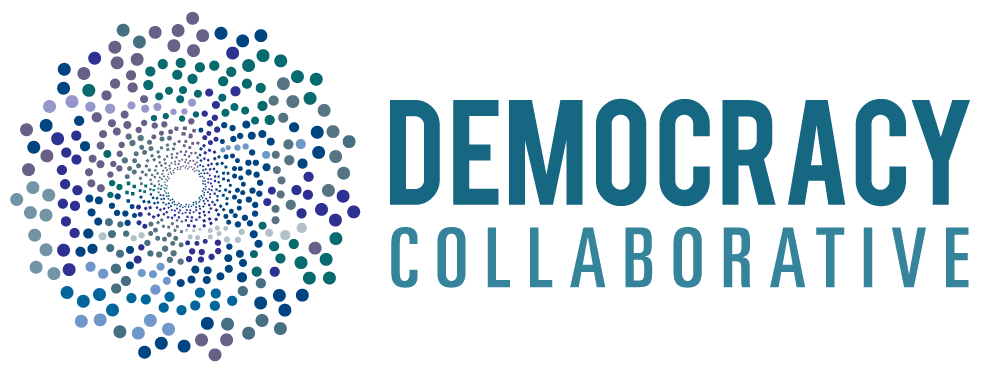A “new direction”: Rediscovering community wealth building in an age of gentrification
by Nishani Frazier
Gentrification is a sinister contagion spreading through Black communities across America. After years of economic oppression and deprivation, the Black community now stands at the edge of perhaps the greatest displacement since the Great Migration. Over the years, the federal government has attempted to redress economic and housing discrimination through various community development programs. However, these efforts have largely failed, in part because they have not incorporated creative solutions for community wealth building and collective ownership.
Opportunity zones, the latest in a long series of efforts to spur economic development in low-income communities, provided tax abatements for investment in “economically distressed” communities. This effectively turned poor communities, particularly of color, into tax shelters for the wealthy in a way that “revitalized” spaces without consideration of the economic and housing needs of people living in the designated zone.
Residents in the throes of forced displacement need communal-based tools for economic resistance. Cooperative movements and new economy advocates must pivot in a new direction that blends place and the democratic economy into a holistic solution that sustains and preserves community over the individual.
Ironically, this “new direction” isn’t new. It borrows from an idea nearly 50 years old, originating in the tumultuous era of Black activism and economic development during the 1960s and 1970s. At the forefront was one of the leading civil rights organizations of the period, the Congress of Racial Equality (CORE), which fashioned its own “new direction” economic policy geared toward group empowerment. Black power advocates from CORE, key congressional fellows Gar Alperovitz (co-founder of The Democracy Collaborative) and John McClaughry, and presidential advisors and policy wonks drafted The Community Self-Determination Act, which would establish a national economic development corporation alongside federally backed local and regional community development corporations.
Though their efforts faltered, the cooperative project suggested innovative new ways to transform the geography of poverty and enhance group ownership as a broad-based, full community model that continues to have utility for present-day activists.

